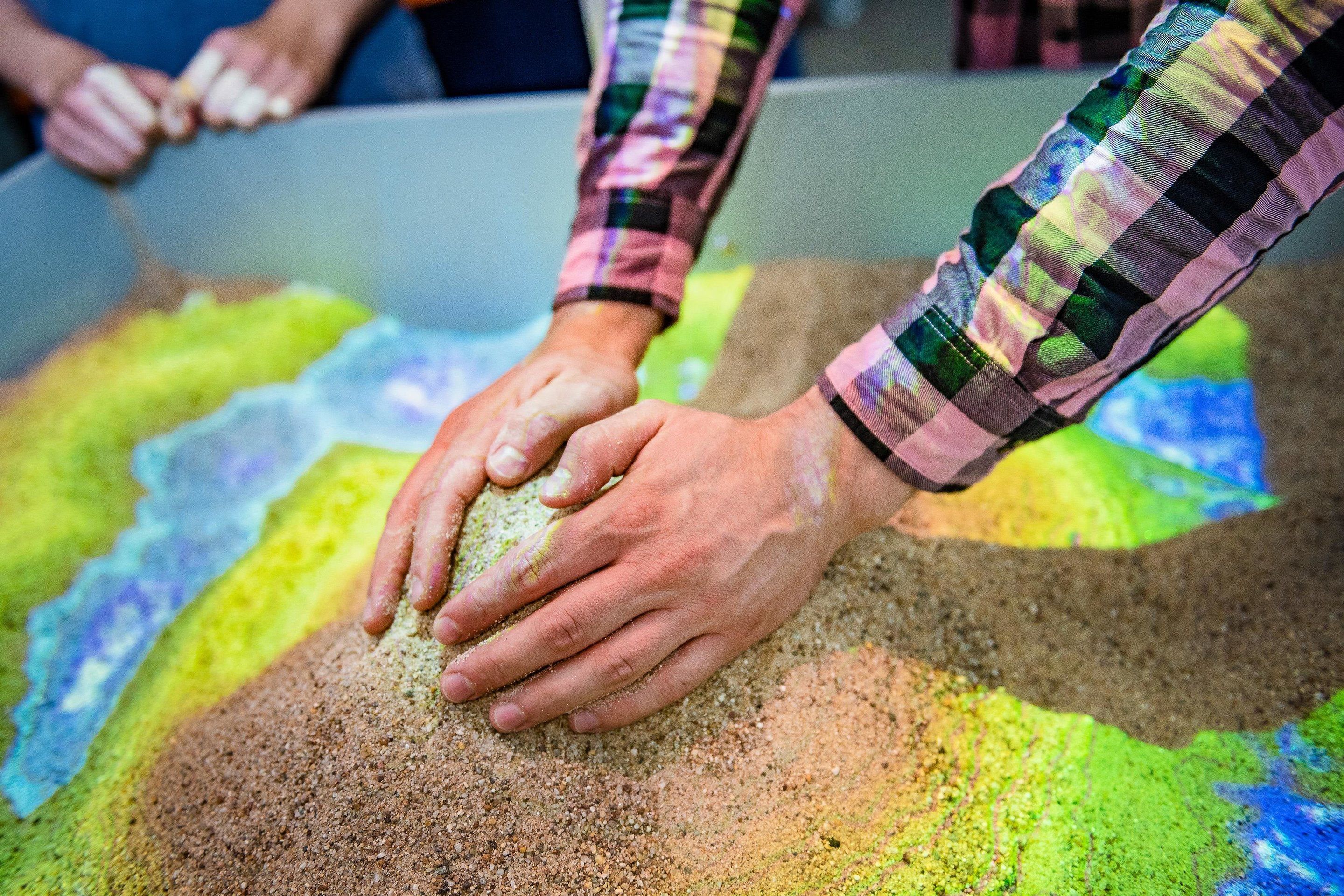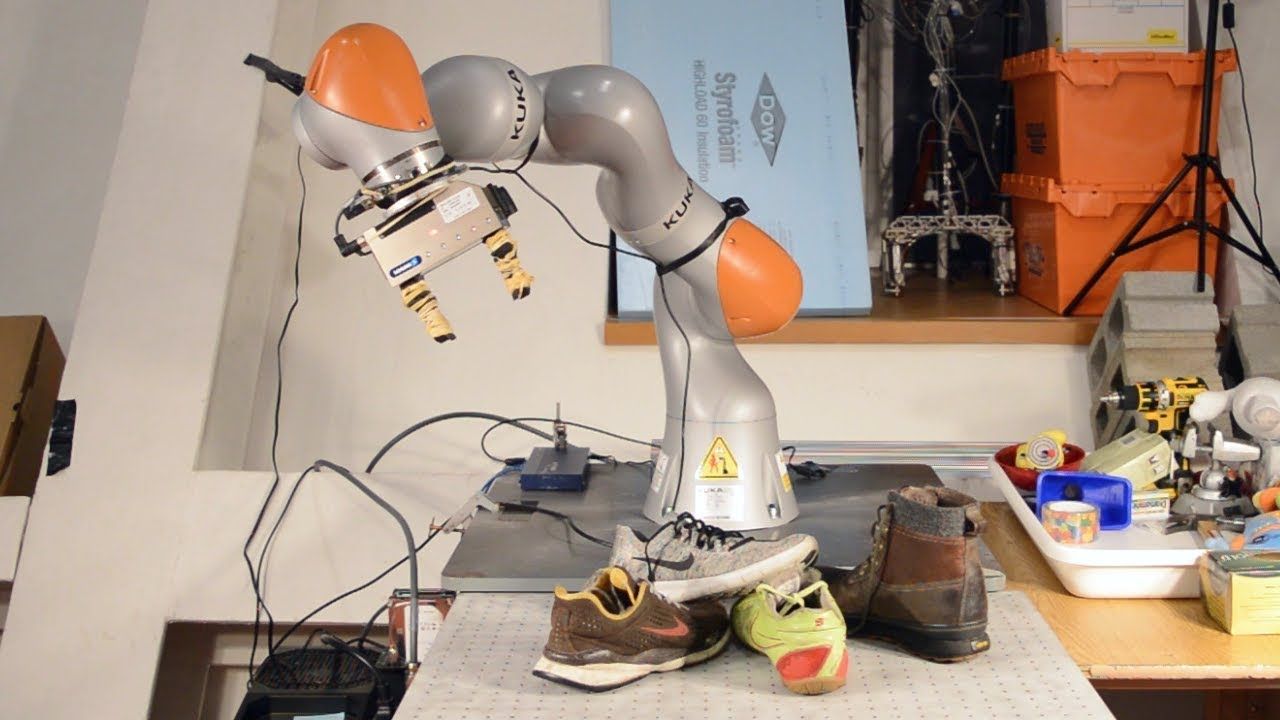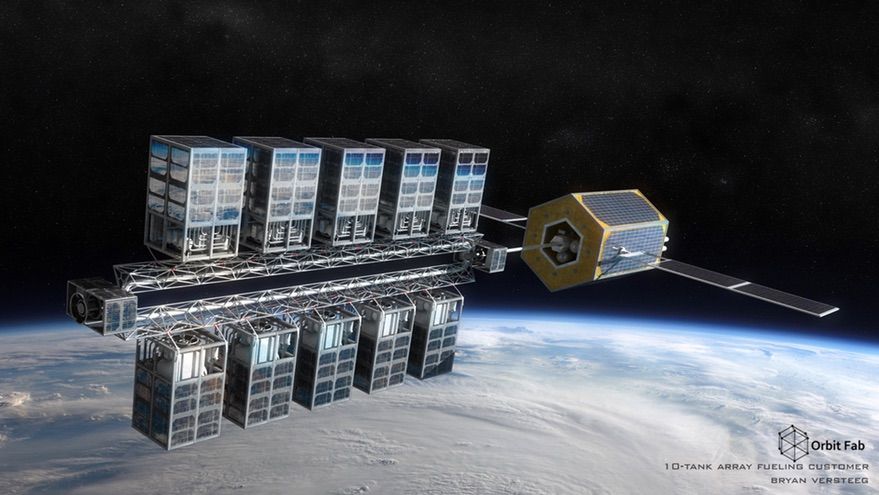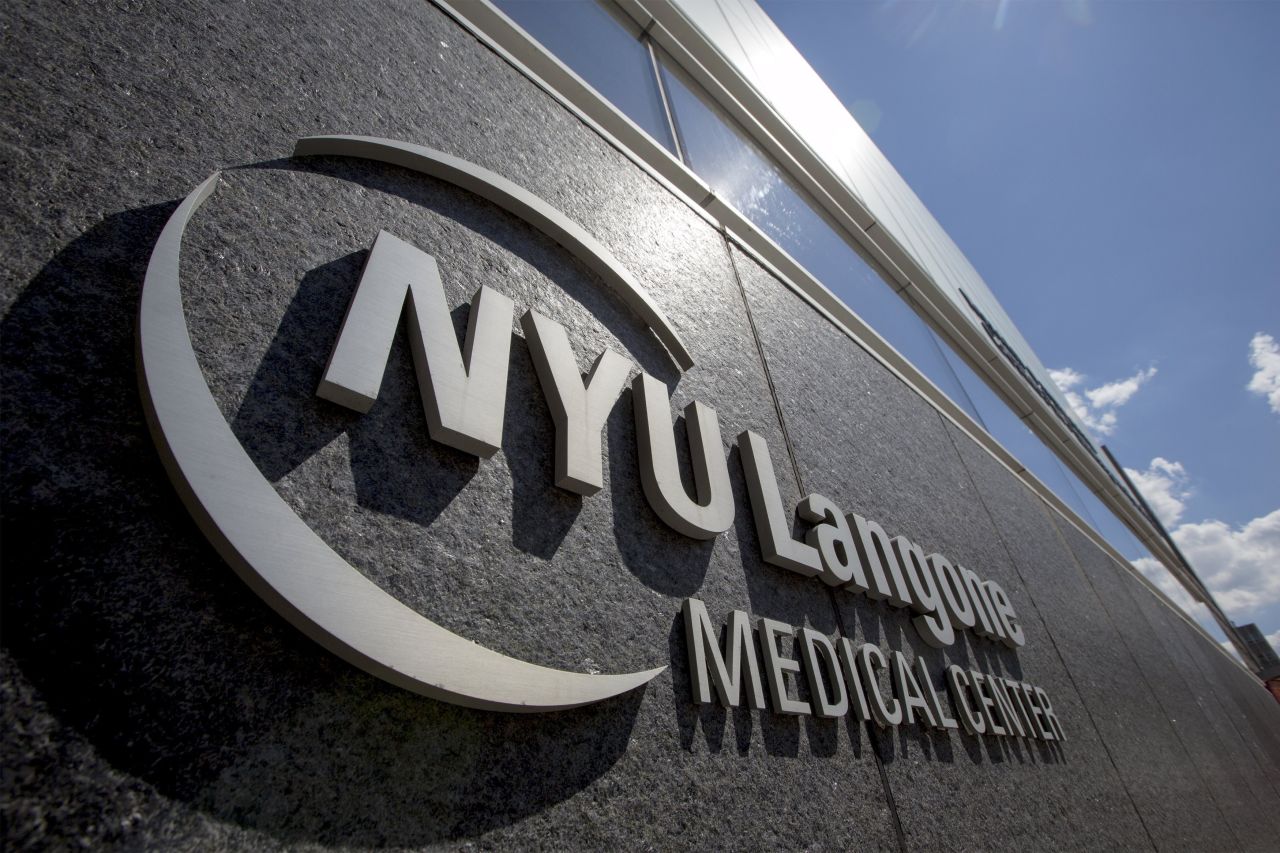90% of natural disasters are flood related. Flooding will occur and people will build in areas that can and will flood so how can we change the outcomes in the future? Why not have floating homes that are anchored to their site but rise and lower with the flood with zero damage? I am about to start a new company that can manufacture those homes. If you want to know more contact me directly.
Engineers at Ruhr-Universität Bochum have developed a new statistical model that predicts how likely extreme flood events are in Germany. In contrast to earlier models, they distinguish between several types of floods with different causes, such as heavy rain, snow or spatially extended rain events with long durations. The model improves the assessment of flood risks and to plan appropriate protective measures. The team led by Professor Andreas Schumann from the Institute of Hydrology, Water Resources Management and Environmental Engineering reports on its work in the Bochum science magazine Rubin.
In their model, the hydrologists distinguish between three main types of flood, which stem from different causes: heavy rain, which lasts one or two days; prolonged rain over four to five days; and snow-related flooding.
In general, annual maximum values are analysed statistically without distinguishing between the different types of flooding. However, this is precisely what is required in order to estimate the likelihood of flooding under consideration of the regional conditions. Brief, localised heavy rain can, for instance, cause rivers to break their banks if their catchment is small, but for large river basins events with long durations are more relevant, which result in an overlay of flood waves from tributaries.









